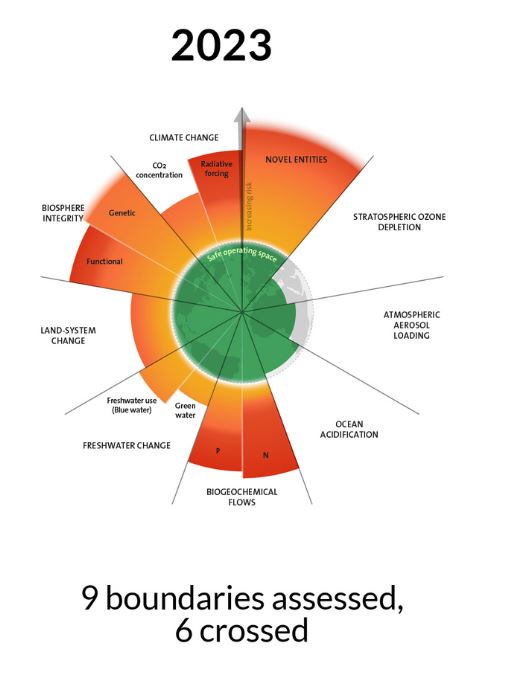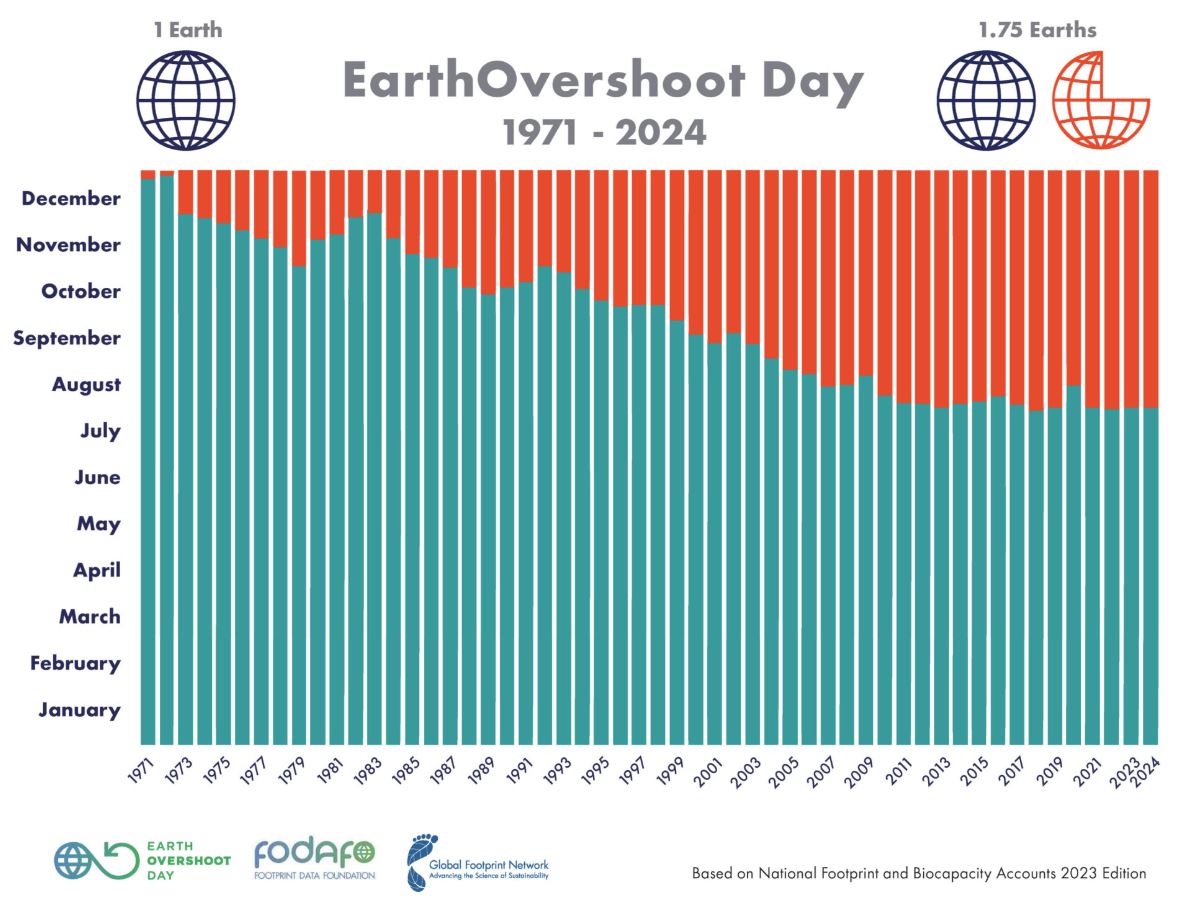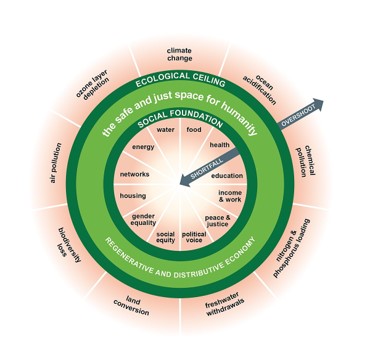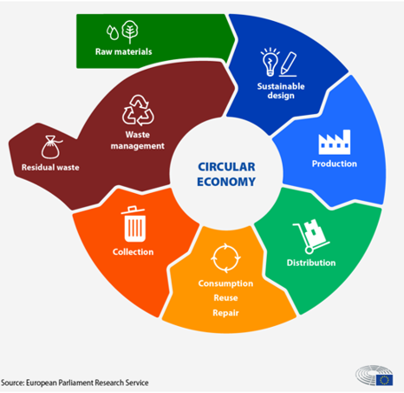Inform
Inform: Essential Background Information
This section provides an introduction to the United Nations (UN) Sustainable Development Goals (SDGs), environmental, social and economic sustainability and related documents. Click on the dropdowns below and start learning.
Adopted by all UN members in 2015, the SDGs provide a comprehensive framework for solving the most pressing challenges facing humanity and promoting sustainable development worldwide. The SDGs consist of 17 goals, 169 targets and 241 indicators. Explore this interactive website to learn more about each of the SDGs or watch this video on navigating the SDG framework.
This 'Navigating the SDG Framework ' is a hands on SDG fact finding exercise which provides a step by step walk through the UN SDG dashboard. The accompanying video supports completion of the exercise.
The SDG Wedding Cake - This concept shows the biosphere as the foundation of economies and societies and as the basis of all SDGs. The illustration describes how economies and societies should be seen as embedded parts of the biosphere. This vision is a move away from the current sectorial approach where social, economic, and ecological development are seen as separate parts.

The SDG Wedding Cake source: Azote for Stockholm Resilience Centre, Stockholm University CC BY-ND 3.0.
Summary: Environmental sustainability relates to preserving and protecting the natural environment. Issues can include pollution, biodiversity, climate change, depletion of natural resources, and unsustainable consumption.
Further reading and concepts:
Planetary Boundaries provide a scientific framework and understanding of the Earth's ecological limits, highlighting the environmental boundaries within which humanity must operate to maintain a stable and sustainable planet.

Earth Overshoot Day - Earth Overshoot Day marks the date when humanity’s demand for ecological resources and services in a given year exceeds what Earth can regenerate in that year.

Summary: Social sustainability relates directly to people, focusing on the importance of human sustainability, both now and in the future. Climate change will affect people and places in different ways, bringing about inequalities between and within countries and communities, which could lead to conflict between current and future generations. This can include issues around quality of life, equality, diversity, governance and democracy and social cohesion.
Further reading and concepts: Here the Youth Council of Ireland (NYCF) explain how climate change will lead to injustice. Read the Ireland’s Well-being Framework 2023 report - Ireland’s Well-being Framework allows consideration of progress in Ireland across economic, environmental and social issues, rather than considering these issues sequentially or in isolation.
Summary: Economic Sustainability is the achievement of economic development without negatively impacting society or the environment. It includes concepts such as Doughnut Economics and the Circular Economy.
Further reading and concepts: Doughnut Economics A healthy economy should be designed to thrive, not grow. In this economic model, the inner ring is the social foundation, not to be crossed so that we ensure that no one is left falling short on life’s essentials. The outer ring is the ecological ceiling which should not be crossed to ensure that humanity does not overshoot the planetary boundaries.

Circular Economy: The circular economy is an economy that is restorative and regenerative by design. In a circular economy, economic activity builds and rebuilds overall system health. The concept recognises the importance of the economy needing to work effectively at all scales – for big and small businesses, for organisations and individuals, globally and locally. Outside of economic discussions, circularity is often assumed to be only relevant to waste management, however, it goes far beyond this, focusing on reducing the amount of raw materials we use and maximising the value of materials along the production and consumption chain. It can also be described as a model of production and consumption which involves sharing, leasing, reusing, repairing, refurbishing, and recycling existing materials and products as long as possible. In this way, the lifecycle of products is extended.

